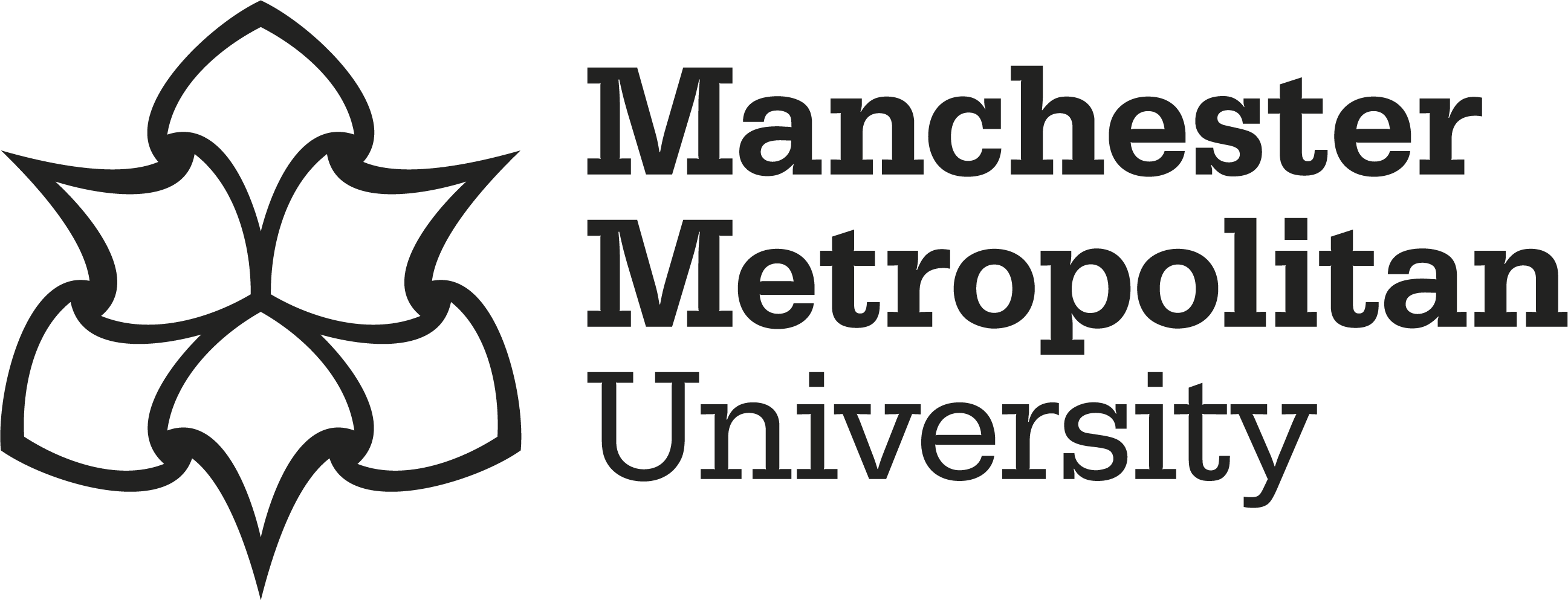Netto, Thais Rachid (2025) Development of Accident Tolerant Fuel Cladding via Magnetron Sputtering Chromium Depositions for Light Water Reactors. Doctoral thesis (PhD), Manchester Metropolitan University.
|
Available under License Creative Commons Attribution Non-commercial No Derivatives. Download (24MB) | Preview |
Abstract
Since the Fukushima accident, much research has focused on developing accident-tolerant fuels (ATF) to use in Light Water Reactors (LWR) to enhance the safety of the existing zirconium alloy fuel rods. Replacing or coating the zirconium (Zr) alloys have been considered as part of the solution for this problem. Fretting wear during normal operation is a major concern to the nuclear industry. Fuel rods in a nuclear reactor experience coolant flow induced movement against the support grids, known as grid-to-rod fretting (GTRF), which can lead to failures under normal operating conditions leading to their premature removal. Chromium-based coatings applied to the fuel rods have shown improved results regarding oxidation and mechanical resistance under the normal working conditions of the LWR. The deposition technology used for these coatings is important because it directly affects the coating performance. Therefore, in search of high quality and dense films, the magnetron sputtering technique was chosen for this project. The coating technique should also guarantee characteristics similar to those of the original zirconium rods, such as wettability. Wettability is a crucial parameter that significantly impacts heat transference inside the reactor. Surface roughness can substantially influence the wettability of surfaces. Therefore, understanding the influence of roughness on coating wettability is an essential achievement regarding the new approaches to creating a safer ATF. Therefore, this work aims to produce Cr and CrN coatings for Zr alloy nuclear fuel rod cladding material with enhanced mechanical resistance using magnetron sputtering. Additionally, we aim to analyse the bias voltage parameter to optimize the coating wear resistance. Furthermore, we aim to determine the impact of substrate roughness on the wettability of Cr coatings. To achieve these aims, Zr alloy substrates were coated using unbalanced magnetron sputtering in an argon environment in a pulsed DC mode with varied coating parameters, such as bias and deposition time. The coating structures and characteristics were analysed by X-ray diffraction (XRD), scanning electron microscopy (SEM), transmission electron microscopy (TEM), atomic force microscopy (AFM), white light optical profilometry (WLP), and the wettability was assessed using a contact angle goniometry. In addition, the mechanical properties of the coating as hardness and elastic mode were analysed using a nanoindenter, the adhesion to the substrate was tested with a scratch test and the friction test to mimic the GTRF was performed in a tribometer. Overall, the results show that while the Cr coatings preserved substrate roughness, surface roughness alone had minimal influence on wettability, suggesting surface chemistry plays a more dominant role in hydrophobic behaviour. In optimizing coating parameters, thicker Cr coatings—particularly those exceeding 6 μm— significantly improved wear resistance, with bias voltage impacting coating performance. The Cr coating deposited for 6 hours at -50V bias provided the best wear resistance, although with lower adhesion and higher cracking. Conversely, the -100V bias coating offered superior adhesion and crack resistance but lower wear protection. The CrN and Cr+CrN coatings demonstrated poor adhesion, toughness, and no wettability advantage over Cr coatings, making them less practical for ATF applications. Overall, Cr coatings with optimized thickness and bias voltage present a more effective and manufacturable solution for enhancing the performance of Zrbased ATF cladding.
Impact and Reach
Statistics
Additional statistics for this dataset are available via IRStats2.


